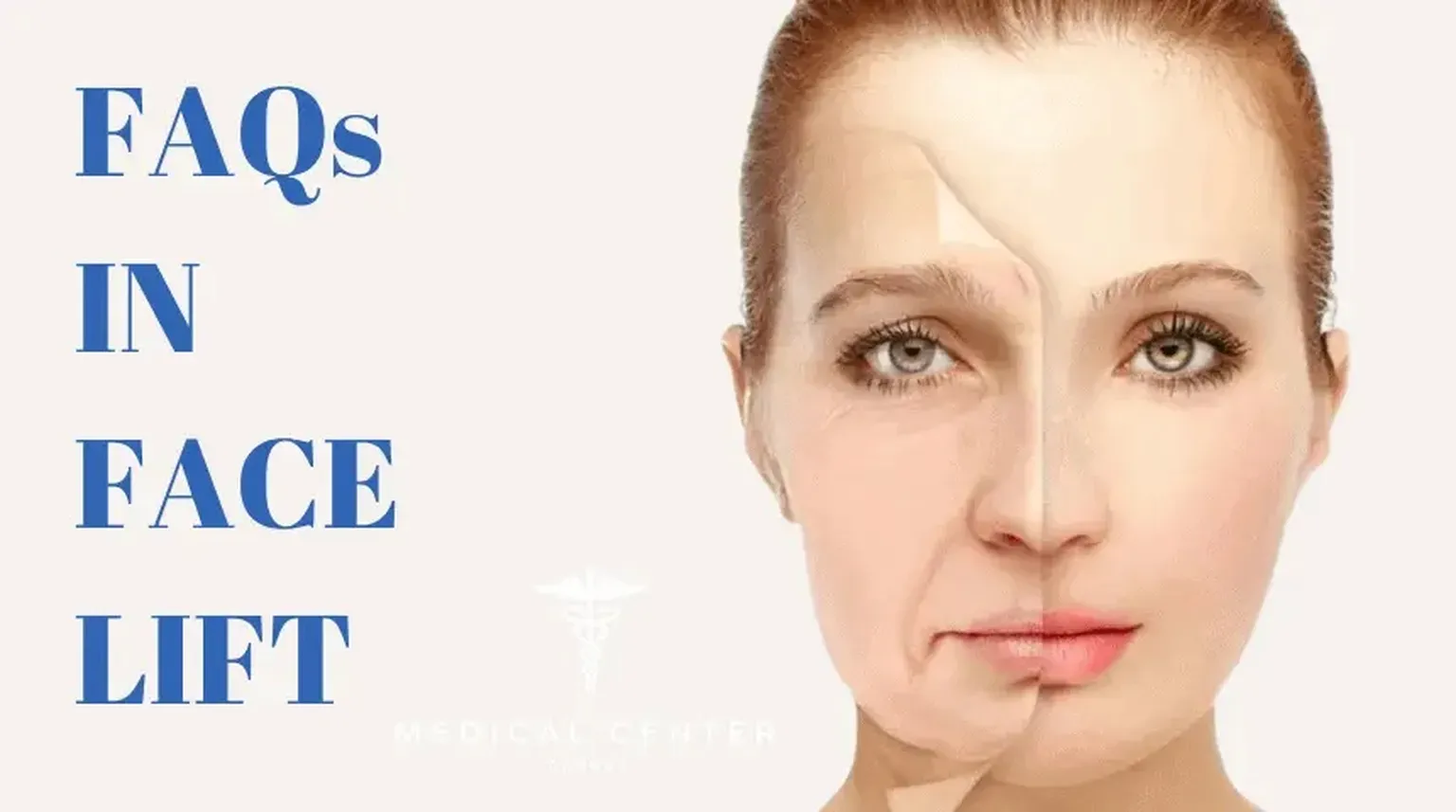

A facelift, also known as rhytidectomy, is a surgical procedure aimed at rejuvenating the face by removing excess skin and tightening underlying tissues. This surgery typically addresses the lower two-thirds of the face mainly the cheeks and jawline.
Ideal candidates are individuals with signs of aging such as sagging facial skin and fat, a jowly appearance in the cheeks and jaw, or a double chin caused by excess fat or loose skin. A consultation with a cosmetic surgeon is recommended to discuss individual goals and health conditions.
During a facelift, Dr. Ingram makes incisions in the hairline and around the ear. Dr. Ingram then tightens the surface skin and underlying soft tissues of the face. In some cases, an additional incision under the chin may be necessary to tighten the neck. The skin is then gently re-draped and any excess skin is removed.
A standard facelift mainly addresses the lower two-thirds of the face. However, it can be combined with a neck lift to address sagging skin below the jaw, often leading to a more comprehensive rejuvenation effect.
A short-scar facelift is a variation of the traditional facelift. It primarily improves the appearance of the face and jawline but doesn’t involve the neck.
Common side effects include bruising, mild swelling or redness, and some social downtime. These symptoms are usually most pronounced in the first two to three weeks after surgery.
Recovery varies among individuals. Generally, most people can return to work within one to two weeks. Swelling continues to diminish during the first year post-surgery. Heavy lifting and rigorous workout routines should be avoided for four to six weeks after surgery.
A properly performed facelift aims to yield a natural, refreshed, and more youthful appearance, not a tight or mask-like effect. The goal is to enhance your look without giving an obvious impression of surgery.
A facelift smooths out pronounced wrinkles and sagging skin, but it won’t entirely eliminate fine wrinkles or sun damage. For wrinkles on the upper third of the face or to address sun damage, other procedures such as a brow lift, Botox, dermal fillers, or skin resurfacing might be considered.
The scars resulting from a facelift are typically hidden in the hairline and around the ear, so they are not easily noticeable once healed. If the neck skin is also tightened, there might be a very subtle scar hidden under the chin.

Contact us today!
If you’re interested in a consultation with Dr. Ingram, we welcome you to fill out our contact form. One of our friendly coordinators will get in touch with you shortly to schedule your one-on-one visit.